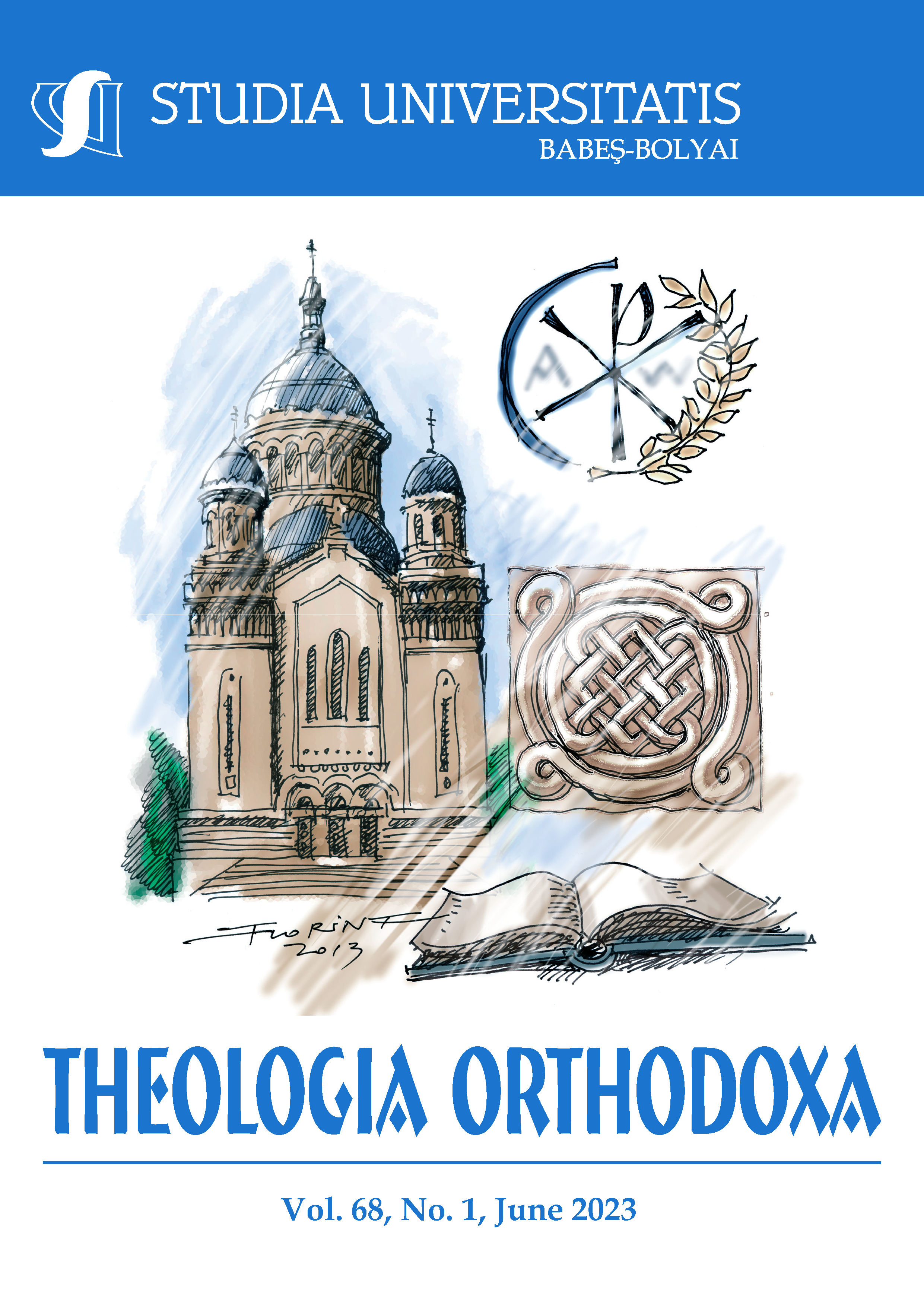PUBLIC RECONVERSIONS TO ORTHODOX CHRISTIANITY IN THE OTTOMAN EMPIRE, 1730–1820
PUBLIC RECONVERSIONS TO ORTHODOX CHRISTIANITY IN THE OTTOMAN EMPIRE, 1730–1820
Author(s): Yorgos TzedopoulosSubject(s): 18th Century, 19th Century, The Ottoman Empire, History of Islam, History of Religion
Published by: Studia Universitatis Babes-Bolyai
Keywords: Religious conversion; Martyrdom; Counter-Enlightenment; Confessionalization; Socio-cultural conflict; Identity formation;
Summary/Abstract: The christianization of Muslims turned upside down the one-way logic of religious conversion under Ottoman rule, which dictated that a non-Muslim (Christian or Jew) could become a Muslim, but a Muslim could not abandon their faith. The conversion of Muslims to Orthodox Christianity constituted thus an act of defiance of Ottoman political order, and the converts were exposed to the charge of apostasy that could cost them their lives. Given the above, it is not surprising that abandoning Islam for Christianity was a marginal phenomenon; it occurred either outside Ottoman territory or after losing an Ottoman region to a Christian state. However, the period between 1730 and 1820 saw the emergence of a particular form of Christianization that was a double conversion; namely, the public renouncement of the Muslim faith by Christian converts to Islam who proclaimed their return to Christianity wishing to wash out the sin of apostasy with an atoning death. Several of them were executed and were hailed by Greek-Orthodox subjects of the sultan as martyrs for the faith. In this study I analyze the dynamics of double conversion from three points of view: that of the makers, that is, of those who promoted reconversion to Christianity at the price of death, provided it with a theoretical framing, and formed networks of training and support for the double converts; that of the actors, namely, of the double converts themselves, of their social backgrounds, and of the reasons behind their fatal decisions; and that of the public, of the various social groups and individuals who witnessed this liminal form of conversion, assessed it and responded to it. The interpretation endeavours to shed light on a radical aspect of Greek-Orthodox confessionalization at a time of intense sociocultural conflict and political upheaval, and to highlight the complexity of responses to, and instantiations of, modernity.
Journal: Studia Universitatis Babes-Bolyai - Theologia Orthodoxa
- Issue Year: LXVIII/2023
- Issue No: 1
- Page Range: 165-191
- Page Count: 27
- Language: English

